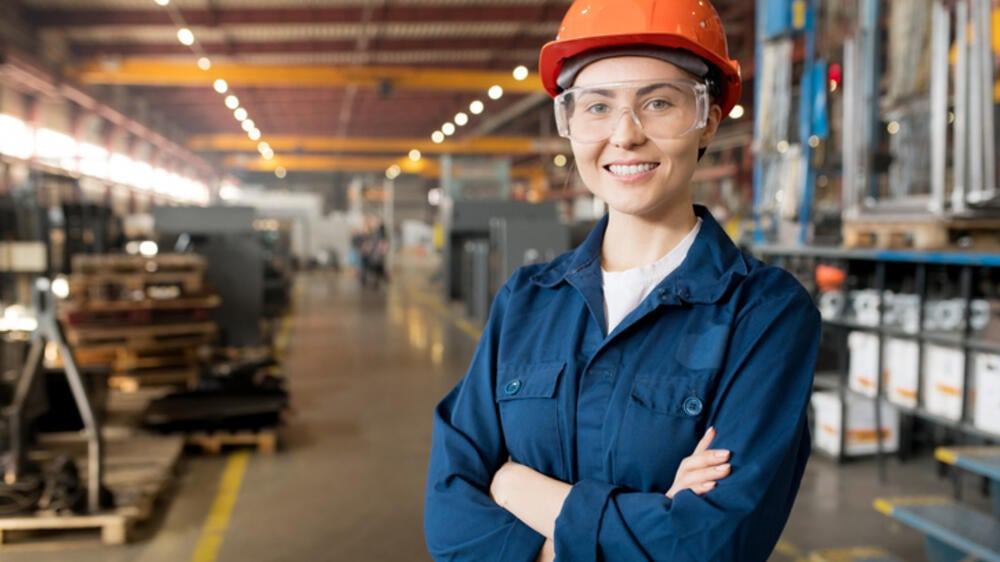Exploring the Truth About Quality, Customization, and More

By Gary Fleisher
Modular home construction is gaining traction as a practical, cost-effective, and sustainable alternative to traditional stick-built homes. However, misconceptions about modular homes still persist, casting doubt on their quality, aesthetics, and overall viability. In this article, we debunk common myths surrounding modular construction and shed light on the realities of this innovative housing option.
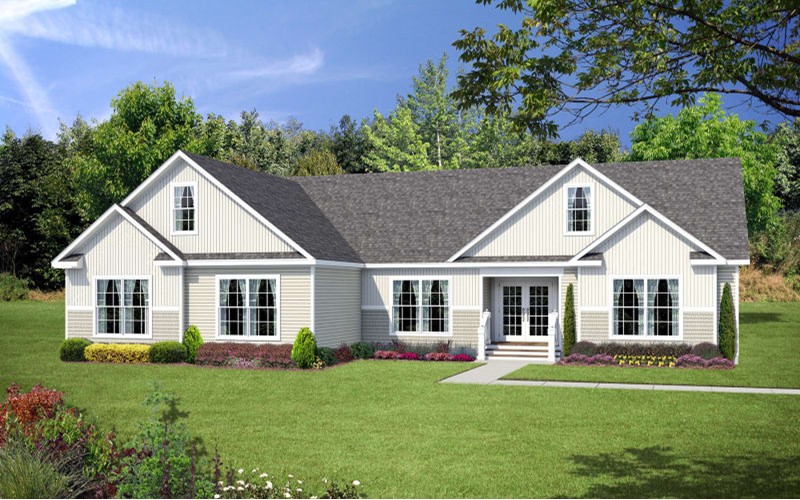
Myth: Lower Quality
Reality: Modular homes adhere to the same rigorous building codes and standards as traditional homes. In fact, they often undergo more stringent quality control checks in the factory, resulting in greater consistency and precision during construction. The notion of lower quality is simply a misconception.

Myth: Limited Customization
Reality: Don’t believe the misconception that modular homes come in cookie-cutter designs with limited customization options. Quite the opposite—modular homes offer a wide array of floor plans, finishes, and design choices to cater to your preferences and individual needs. Whether you desire a sleek modern design or a cozy, traditional feel, modular homes can be tailored to suit your vision.

Myth: Poor Aesthetics
Reality: Some mistakenly assume that modular homes lack curb appeal and are visually unappealing. In today’s modular construction landscape, designers and architects collaborate to create stunning homes with various exterior finishes, architectural details, and styles. The modern modular home is a testament to aesthetic innovation.

Myth: Slower Construction
Reality: It’s time to dispel the myth that modular homes take longer to build than traditional ones. Modular construction can be faster because it allows for simultaneous work in the factory and at the construction site. This streamlined approach often results in a quicker overall construction timeline.

Myth: Limited Financing Options
Reality: Securing financing for a modular home is not more challenging than for a traditional home. While the process may vary slightly, modular homes are eligible for the same mortgage programs and loans as their stick-built counterparts. There’s no need to worry about limited financing options.
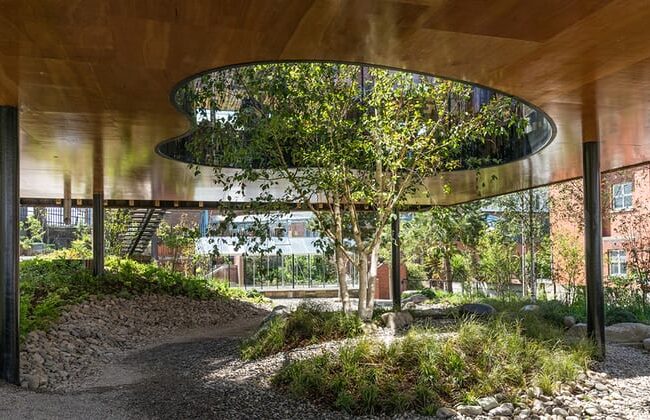
Myth: Lower Energy Efficiency
Reality: Modular homes can match, and sometimes even surpass, the energy efficiency of traditional homes. They can be built with cutting-edge, energy-efficient materials and systems. Additionally, constructing modular homes in a controlled factory environment often results in tighter seals and superior insulation.
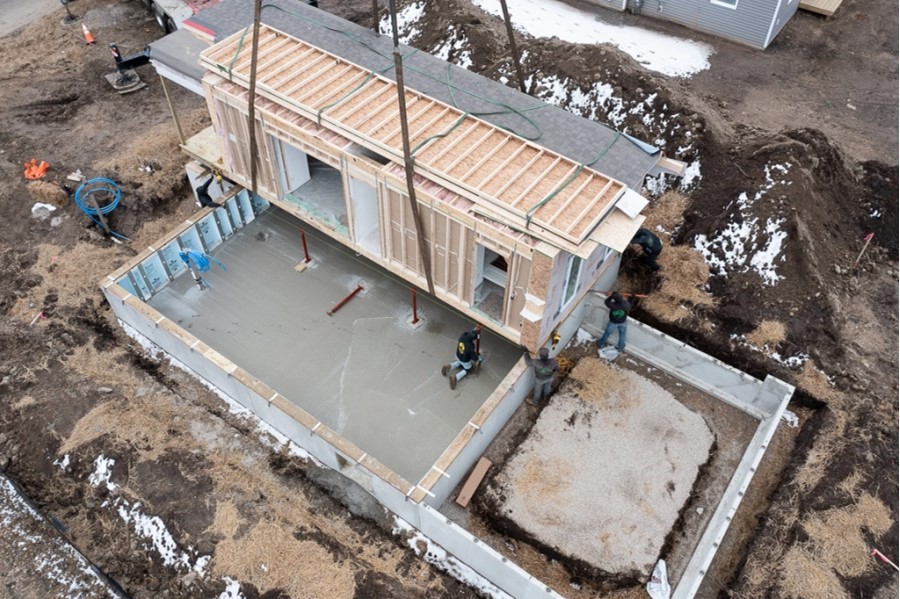
Myth: Transportation Risks
Reality: Concerns about transporting modular home sections compromising structural integrity are unfounded. Professional modular home companies have extensive experience in safely transporting sections, and stringent engineering and design standards minimize transportation risks.
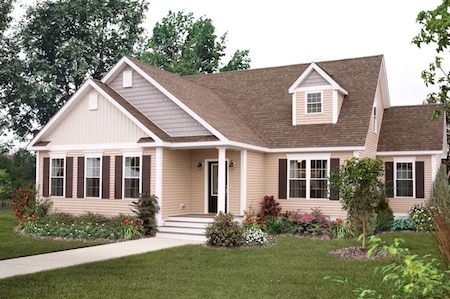
Myth: Limited Lifespan
Reality: Modular homes are built to last and have a lifespan similar to traditional homes. Durability depends on factors such as maintenance and the quality of materials used. Properly designed, constructed, and maintained modular homes can endure for generations.
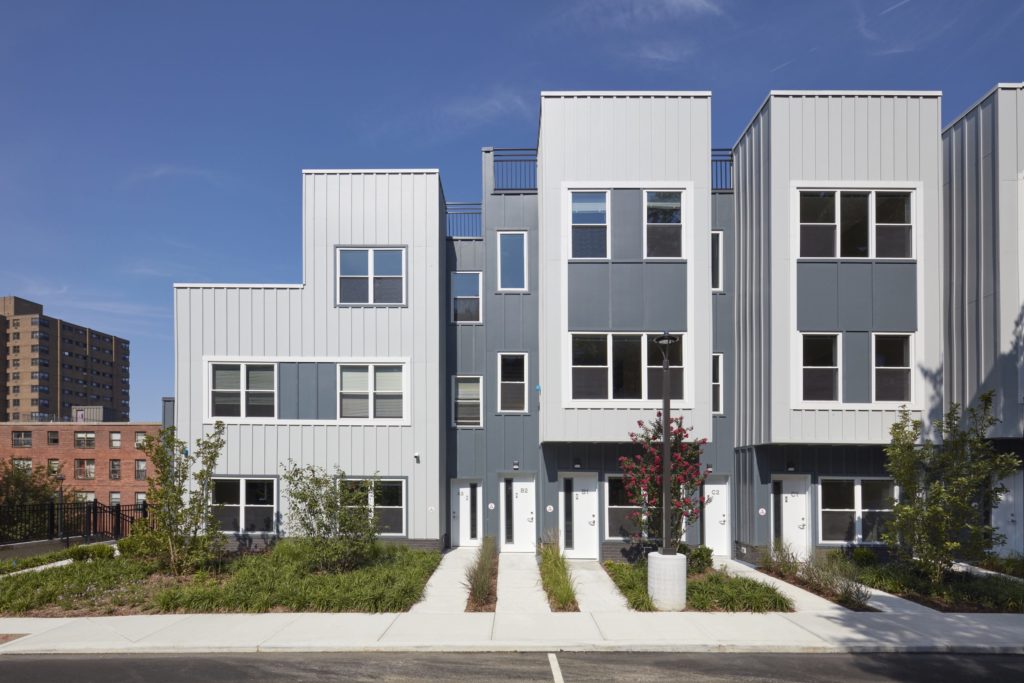
In the realm of housing options, modular homes are an increasingly attractive choice for those seeking quality, customization, and energy efficiency. It’s crucial to separate fact from fiction by consulting experienced modular home builders and conducting thorough research.
When designed, built, and maintained correctly, modular homes offer a cost-effective and high-quality housing solution that dispels the myths that still surround them.
.
